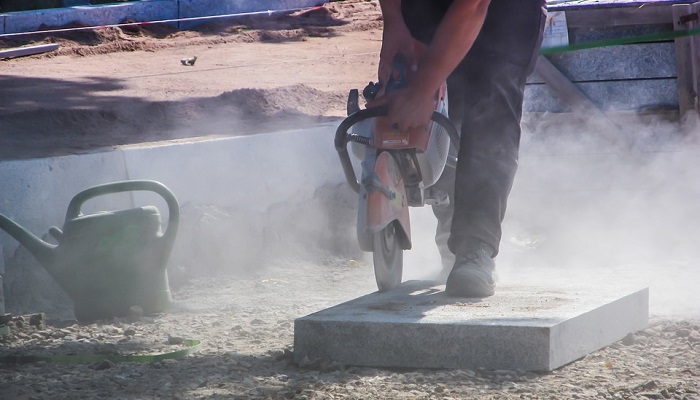
OSHA’s insights reveal that silica dust comprises fine particles that are at least one hundred times tinier than beach and playground sand. In an industrial setting, silica comes typically from products like concrete, tiles, and bricks. When these products are worked on—maybe through drilling, grinding, and cutting—silica dust escapes into the atmosphere as tiny, breathable particles. Inhaling respirable silica is a health hazard, so industrial sites should use effective methods to remove dust from the air. This post walks you through four useful things about silica dust to help you control it and avoid the consequences of exposure. Ready to dive in?
Strict regulations exist concerning silica dust
Mines, quarries, and construction industries have a huge dust problem. Many studies have revealed the imminent danger of being exposed to RCS. For this reason, the government has set strict rules about dust in the workplace to protect workers and nearby communities. OSHA has provided control methods that every employer in an RCS-exposed workplace must fully and properly implement to remove dust from the air. Non-compliance can result in hefty fines for a business. And in the worst situation, imprisonment + fines for those who violate OSHA’s rules.
Respirable crystalline silica dust cause life-threatening diseases
OSHA’s statistics estimate that nearly 2.3 million Americans are exposed to respirable crystalline silica at their workplaces. Inhaling these dust particles can cause life-threatening diseases. Exposure to respirable silica increases the chances of this deadly disease. Silicosis is among the deadliest illnesses caused by RCS. It has no cure and can be an agent of death when a person is overexposed. Additionally, silicosis symptoms may not be obvious. Chronic Obstructive Pulmonary Disease (COPD) comprises several illnesses, including bronchitis and emphysema. COPD is incurable, but you can treat and control the symptoms.
You can use proven methods to prevent or control respirable silica dust
Effective preventive methods recommended by National Institute for Occupational Safety and Health include the use of less hazardous non-crystalline silica alternatives when possible. Also, you can implement control methods like local exhaust ventilation, blasting cabinets, and avoiding compressed air for cleaning surfaces. You can use surface wetting to prevent silica dust from becoming airborne. Work training to educate workers on how to reduce exposure in the workplace and use personal respiratory protective equipment
You can equip your workers with the right PPEs, but what if the respirable silica dust is already airborne? That’s where misting cannons designed to control silica dust come in. These powerful dust control units spray atomized mist into the atmosphere to pull dust particles back to the ground. While respirable silica can be difficult to control (because of its small size), the technology in misting cannons is purposely made to deal with dust particles of such size.
Many construction materials and activities (than you may think) contain silica
Crystalline silica is available in construction products like bricks, cement, concrete, ceramic, and stone. So construction activities that involve these materials can generate respirable crystalline silica dust.
There are strict rules concerning respirable silica dust. Ensure you know them to comply with regulations and avoid fines. Respirable crystalline silica dust can cause serious diseases that can be fatal. They include lung cancer, silicosis, kidney diseases, and Chronic Obstructive Pulmonary Disease (COPD). You can prevent or control silica dust before it affects your employees and the surrounding community.
